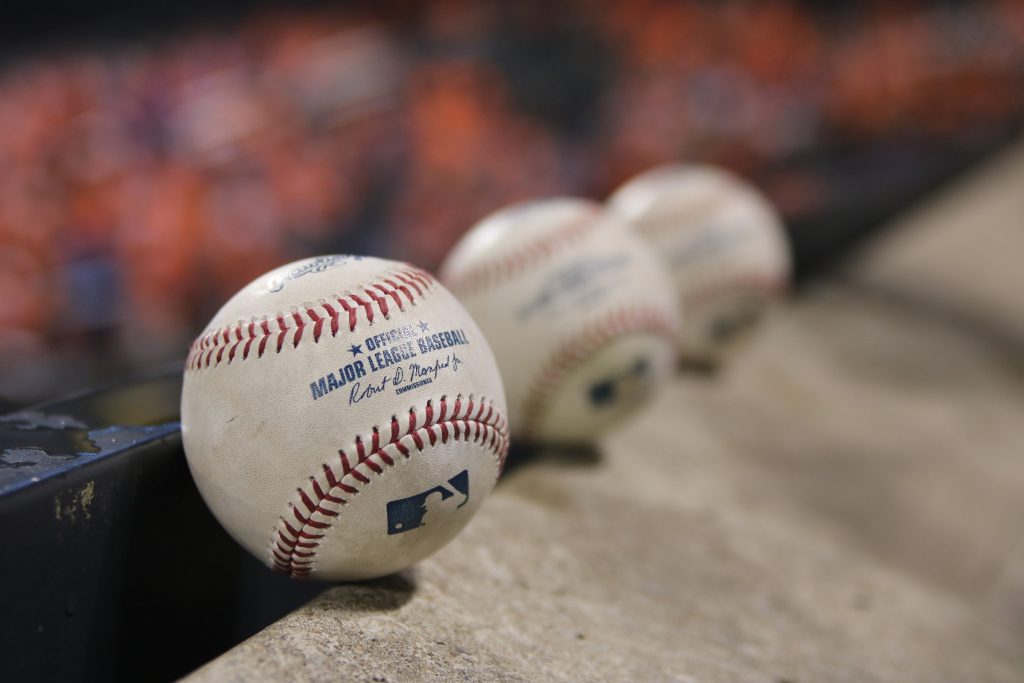Most people that know me, know that I spent eight years of my life playing professional baseball. What they don’t know and what most baseball fans in this country don’t know is what that life looks like.
Take Me Back
I want to start by going back to my childhood. The first time I played baseball, I ran the wrong way after hitting the ball off the tee. I ran to third base instead of first. I would skip on and off the field and often get lost daydreaming. My parents thought maybe baseball wasn’t for me until they saw me play in the outfield. My competitiveness kicked in and I emerged from one of those kid piles tee-ball games are known for and rides the ball in.
The longer I played, the better I got. I also fell in love with the game. My competitiveness began to grow and I loved everything about it. I was one of the smaller kids and while I was always pretty good, I was a late bloomer. Skin and bones with a big head, big ears and big feet as you can see below. Not exactly what you would call a prototypical baseball body.
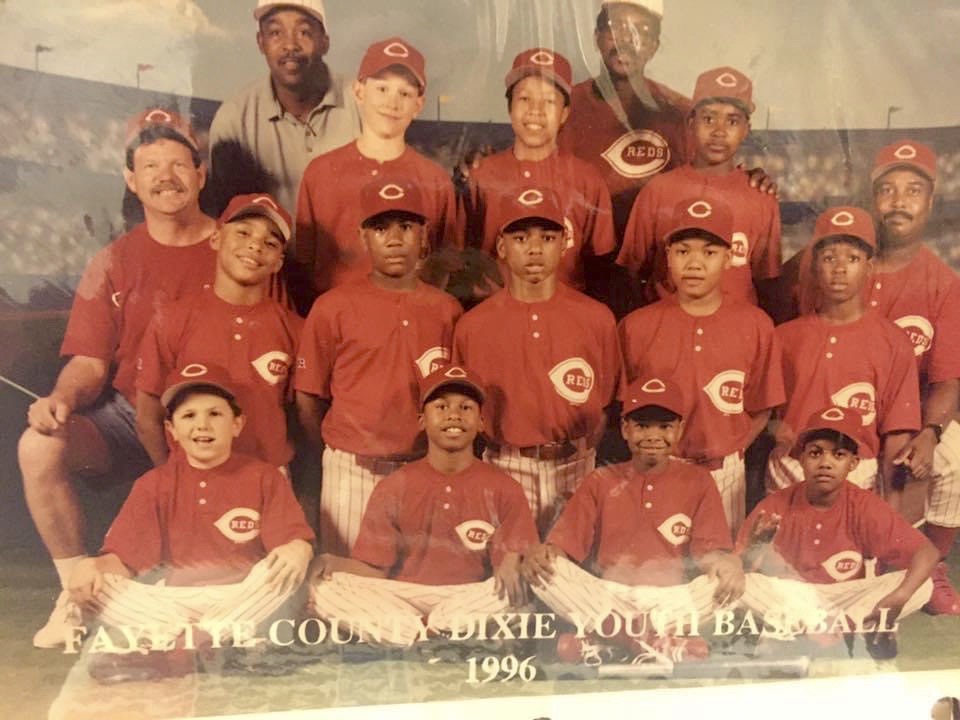
Going into my Junior year of high school, I was 5’9” and about 135lbs. As a pitcher, my fastball barely broke 80 mph. By the time I graduated, I had grown to be 6’2” and 185 lbs. I was still skinny, but my fastball now peaked at 93mph.
I busted my hump in college and got to 205 lbs by the end of my Junior year and my fastball now topped at 95 mph which led to me being drafted and having the opportunity to chase my dream and play baseball professionally.
Why am I telling you this? Because during this whole period of my life, I loved baseball. It was fun, the games mattered, winning mattered, and I enjoyed showing up to the field/park. By the time my professional baseball career ended, I not only didn’t love baseball anymore, I despised it. After letting some wounds heal, my feelings towards the game have turned back around, but most of the things that led me to those feelings are still in place.
With that as a backdrop, I want to dive into the current situation the MLB and its players are going through from my perspective.
Are Players Greedy?
No. Well, I honestly can’t tell you the contents of anyone’s heart. In my experience though, most of them aren’t. They have just been severely underpaid for the majority of their career.
My perspective on this changed dramatically from the time I was in college to now. I was a diehard baseball fan my whole life. I would often find myself criticizing players for being greedy. I would say to myself, if I ever get that opportunity, I wouldn’t hold out or complain. I was young and had no clue what I was talking about.
This is a sentiment I feel a lot of people are feeling today. I hope this sheds some light on a different perspective.
A Look Behind The Curtain
Let’s start with what happens when a player is drafted. While this is a great day and something I will never forget, it loses a little bit of its shine when you find out that the team that just drafted you owns you for the next seven years of your life.
Do you know how much a minor leaguer makes? Under that initial seven-year contract, the most a player could make during my time playing was $2,250/month. This was playing in AAA. A rookie ball guy might have been making $1,250/month at the same time. On top of that, they don’t get paid during spring training (save $25/day in per diem) or the offseason.
I remember getting my first tax return and seeing my taxable income as $6,900 for the whole year. $6,900 for a 140 game regular season plus an additional month and a half in spring training. That’s ~$50/game not including spring training. Factor in most guys are at the stadium by 1 pm and it adds up to about $5/hour.
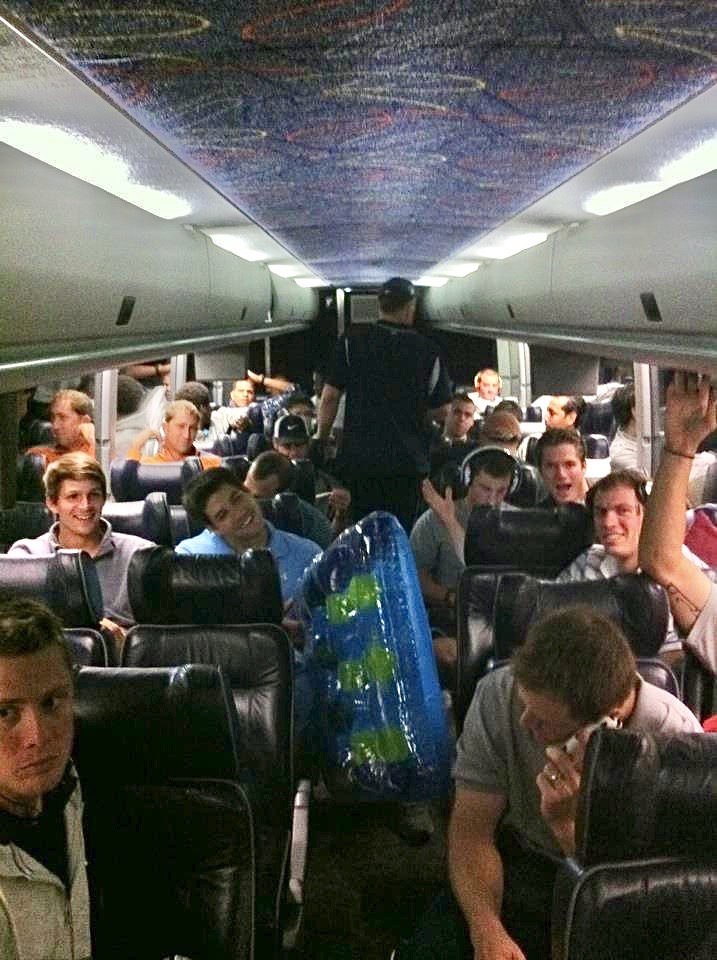
On top of that, this job is seven days a week and MiLB guys only get eight or so days off from the beginning of April to September. Many, if not most of those are designated travel days where you’re stuck on a bus for eight to twelve hours. Unless you’re in AAA in a good organization, the bus is the last place you want to be on your off day (see picture and yes, that float is what I laid on for our trip).
Another thing most people don’t know is that housing is not provided. It’s not even subsidized. I remember at one point in my career my wife and I were paying $2,100/month for a 700 square foot apartment in some small town in PA. This was the cheapest we could find in a place I felt safe enough to leave my wife while I spent that season playing for the Trenton Thunder. On top of that, we still had our $1,200 mortgage at home. $3,300 in expenses before the month even starts.
I’m not asking for pity. I honestly had it better than most from a financial standpoint for career minor leaguers. I had been on the 40 man roster the two previous seasons and was a free agent that year earning about $30,000. My wife was also working remotely so we weren’t overly burdened. What I am trying to do is paint the picture of what life is like for guys before they get to the big leagues.
Ma, I Made It!
You finally get the call you’ve been waiting for what seems like your whole life and you’re headed to the big leagues! You call everybody you know and you can’t wait to go prove that you belong.
All you have to do is go compete now, right? As long as you perform and stay healthy, you have nothing to worry about, right? Wrong!
Remember that seven years the team has control of you that comes with the minor league contract? Well once you become a big leaguer, that same team controls you for another six years.
The first three of those years, you have no course of action other than to show up and play for the league minimum. Which currently sits at $563,500 and is not insignificant. This brings in another factor that most baseball fans aren’t aware of, options. And not the kind you might hear about on Wall Street.
Options can take the question of performance and throw it out the door. Save the Mike Trout’s and Bryce Harper’s of the world, most new big leaguers are always one move away from having that dream taken away regardless of how well they’re playing.
Once a player is put on the 40 man roster[1], they have three option years. This means a team can call them up or down as many times as they would like during a season. This isn’t always a bad thing, but oftentimes can impact a player getting enough service time to reach arbitration (which we will get to soon). These options can extend that six years of control depending on how they’re used.
No Leverage
Let’s play this out for a guy who is never optioned once he breaks in with the big league club in kind of a best-case scenario. Once a player finishes his first year, he has little to no say in how much he will be paid the following year regardless of the season he had.
I grew up in Atlanta and a Braves fan, so let’s use Craig Kimbrel as an example. In 2011, he tied for the league (NL) lead in saves with 46. The year before he struck out 40 batters over 20 innings and had a .44 ERA. That earned him a $5,000 raise from the $414,000 league minimum.
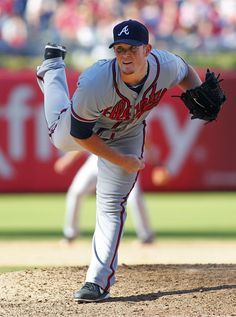
In 2012, he made just under $600,000 for the year. While this was a little higher than the league minimum of $480,000, it was nothing compared to his value. That same year, he tied for the lead in saves again, finished the year with a 1.01 ERA, made the All-Star team, and won Rookie of the Year in the NL.
How was he rewarded? With a $65,000 raise. To the average American, a $65,000 raise sounds pretty nice. To arguably the best reliever in the game of baseball, it’s insulting. But that’s just the way it is. He was equally as dominant that year as well and finished the year with 50 saves.
Over those three years from 2011-2013, Kimbrel led or tied for the lead in saves all 3 years. He combined for 138 saves during that time, made two All-Star teams, won Rookie of the Year, and was arguably the best relief pitcher in baseball and yet only made $1.66MM[2].
I can hear people yelling at me now, “but that’s still a lot of money.” It is a lot of money, but did he get paid what he was worth? What if he got hurt in that last year and never returned to his normal form. I know several guys this happened to.
For reference, Mariano Rivera, who is arguably the best closer of all time and the only person in the same conversation as Kimbrel in terms of dominance, made $40MM in the same time frame.
Arbitration
After a player gets through his Rookie contract, he gets his first opportunity to try and argue his worth. The team and the player and his agent will typically have a number that they feel the player is worth. If they cannot come to an agreement before the deadline, the case is brought before a panel of arbitrators.
Most teams and players would prefer to reach an agreement before this happens. It’s in the best interest of the team especially and they continue to hold the upper hand because the player cannot negotiate with other teams.
I’ve heard some bad stories about arbitration cases. When it gets to that point, the team a player is playing for essentially tries to lay out why the player isn’t worth what they’re asking for. These can get very heated. Imagine being a player and sitting across the table from your “boss” talking about all the things that are bad about you and then be expected to get up and shake hands when it’s over and act like it never happened.
This happens for the next three years unless the team and player agree to some type of contract extension. The whole time the team has control and the player has little leverage. I will say that some good money can be made here, but the player is still at a disadvantage.
What About The Owners?
Since 1998, the average player’s salaries have tripled. During that same time frame, the average MLB franchise value has gone up almost nine times[3]. Close to three times as much as player salaries.
I understand that owning a franchise carries with it risk and a completely different set of circumstances versus what a player has to deal with. That being said, the vast amount of growth Major League Baseball is experiencing is being taken by the owners.
I rarely hear anyone complaining about the owners being greedy or them taking a pay cut. Maybe I’m not connected to the right people, but most of the vitriol and anger is towards the players.
Let’s take the Marlins, Pirates, Orioles, and Rays for example. Last year, their combined payroll was $286MM. That’s a lot of money. Did you know that their combined revenue for ticket sales was $158MM? That sounds bad, but if you’re a fan of those teams, you would probably say “you get what you pay for.” Not necessarily.
Those same teams combined tv revenue for 2019 was $523MM[4]! Four teams that obviously don’t care about winning and aren’t interested in bringing in the best talent to try and compete netted $395MM after payroll.
All owners aren’t bad. There are some very good ones who want to win and are willing to pay players what they’re worth. They’re smart business folks and don’t want to pay more than they have to, but understand that having the best product on the field is important and will increase their revenue.
Sadly, as you can see with the teams listed, the times are changing. With TV revenue continuing to grow, I feel like more teams could follow suit. There’s not a lot of incentive to spend money when you’re guaranteed to make money just by fielding a team.
I admit, I may be oversimplifying this and I don’t know all the ins and outs of what goes on behind closed doors. What I do know is what it looks like from a players perspective and a fan who understands the business side’s perspective.
What About The Fans?
Something that I’ve noticed a lot recently with the negotiations is a lot of irony. I’ve seen a lot of fans blasting players on social media for being greedy and out of touch. What strikes me about this is that the same people calling players greedy for not just playing for less money are being greedy themselves.
How are they being greedy? The way I see it, if you’re complaining about people not taking less money to do their job, it’s because you care more about your “right” to be entertained than you do someone else’s livelihood. I feel like we live in such an entitled time that people won’t take the time to understand what’s going on. Instead, they will complain because they’re bored and really want baseball to be back.
The people complaining and bashing players on social media are most likely the same ones who complain if a player doesn’t sign for them or toss them a ball during the game. So focused on themselves that they don’t realize that the player has just signed for thirty people and has to go get ready for the game. Or that 30,000+ other people at the game would like a ball tossed to them too. Or maybe they had a bad fight with their spouse earlier in the day or their kids are sick yet they still have to put on a face every night in front of millions of people.
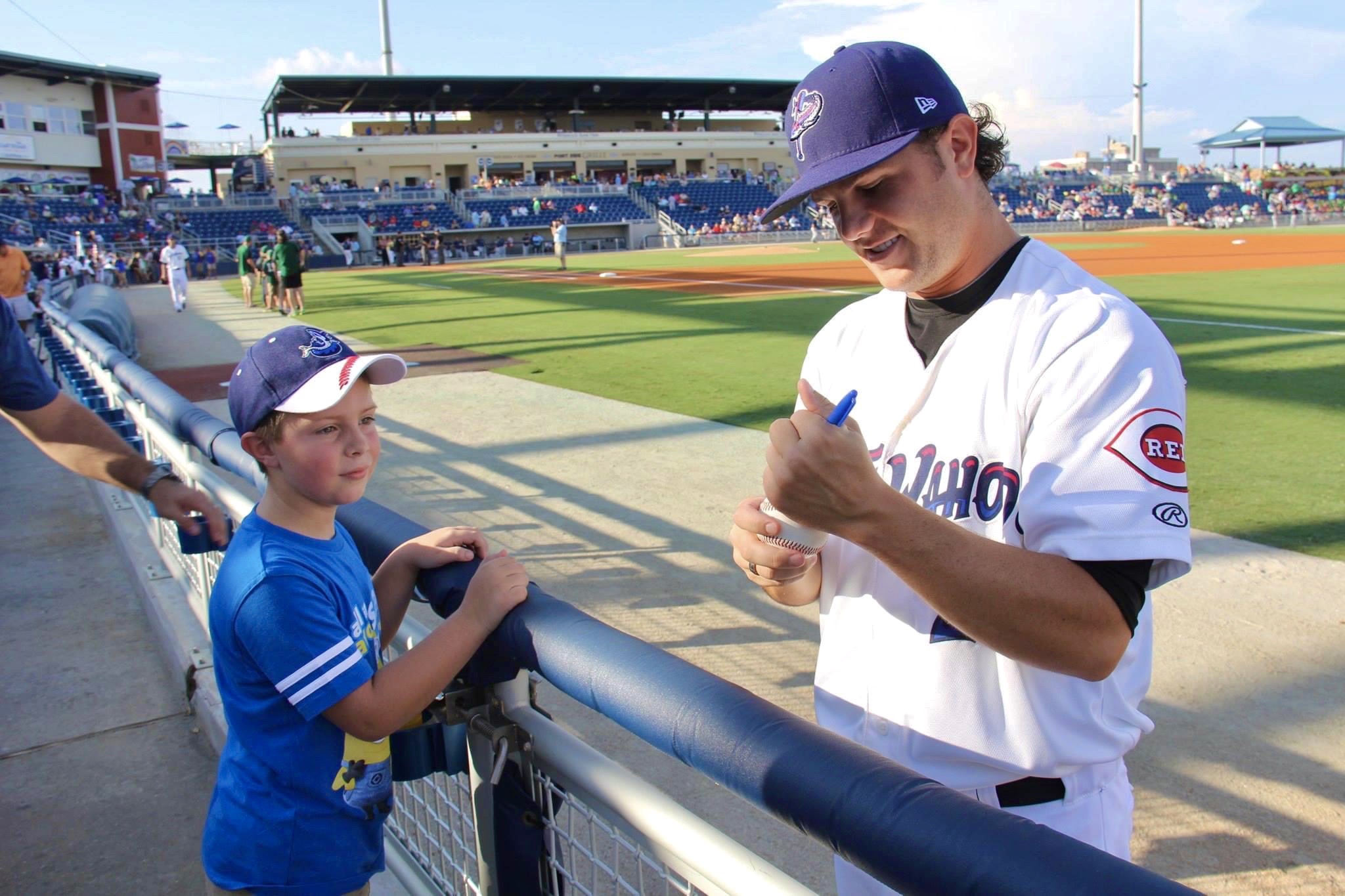
I know most fans aren’t like this. Like in anything, the loudest ones typically don’t represent the majority. I assure you the players want to be back out there as much as anyone. They just don’t want to do it lining their billionaire owner’s pockets.
No Pity Party
I’m not writing this to try and get some pity for anyone. I’m especially not looking for pity for the thirty-plus players making over $20MM each year. I wrote this because I was getting frustrated seeing the comments thrown out towards Major League Baseball players. I wrote this to hopefully open the eyes to what it looks like behind the scenes for most guys chasing this dream and to show that the majority of guys never get that big contract.
The most recent data I could find shows that the average career of a Major Leaguer is 5.6 years. That time frame gets you to potentially your third year of arbitration depending on when you were called up.
So when you see the negotiations between players and owners, please remove the top 5% from your mind when thinking about how it will play out. Most of these guys need the money because their playing career is short. A lot of guys don’t have an education to fall back on either and can fall into the trap of trying to keep up with their 5% teammates. But that’s a topic for another time.
This is all my perspective and I understand my bias as a former player has shaped it. I’d love to hear you thoughts below. Tell me why I’m wrong below.
[1] http://m.mlb.com/glossary/transactions/40-man-roster
[2] https://www.spotrac.com/mlb/chicago-cubs/craig-kimbrel-7233/cash-earnings/
[3] https://www.forbes.com/sites/kurtbadenhausen/2020/06/10/mlbs-10-richest-team-owners-worth-31-billion-in-2020/#49c5006f69d1
[4] https://econintersect.com/pages/analysis/analysis.php?post=201911150136

